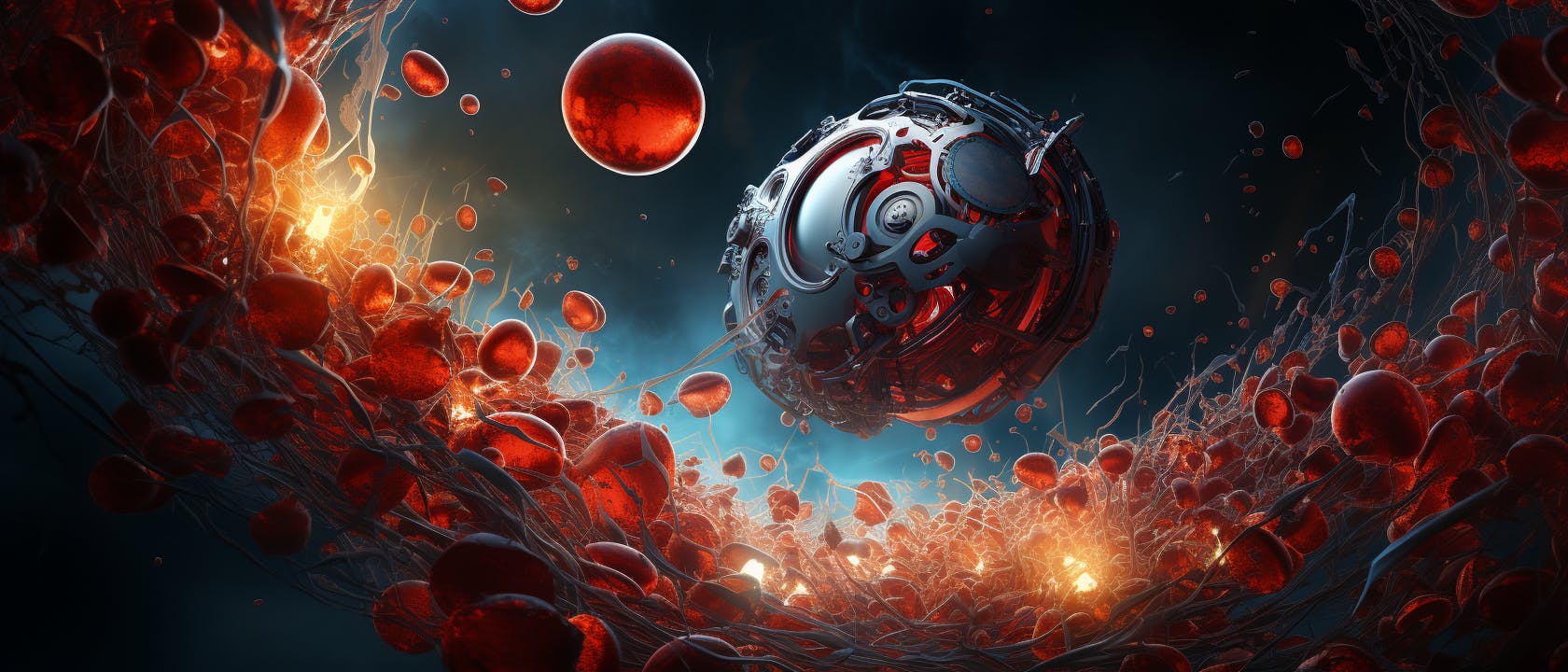
Micro-robots
The idea of micro-robots is about to make the transition from science fiction to science fact. But before we can take advantage of all that this new technology has to offer we will need to consider the various legal, ethical and societal concerns that this new technology can raise.
This is a link-enhanced version of an article first published in the Mint. You can read the original here.
In the 1988 Steven Spielberg film Inner Space, Dennis Quaid’s character uses some sort of miniaturization technology to shrink himself so small that he can be injected into the body of a human being in a tiny submersible to reach various organs and systems. While our ability to miniaturize humans remains within the realm of science fiction, thanks to remarkable advancements in nanotechnology, it is becoming possible for us to achieve some of what was described in the movie through the use of tiny machines capable of operating at that scale.
Micro-robot technology
Micro-robots are tiny specialized devices capable of performing a range of different tasks at hard-to-reach sites—typically in micro-tubes and bio-chips, but also within the blood vessels of living organisms, which is relevant to medical applications. Even though this technology is still at an early stage, the opportunities it offers for early diagnosis, microsurgery, targeted drug delivery and disease surveillance are already becoming evident.
For instance, micro-bots could be used for precisely targeted drug delivery. Scientists at the University of California, San Diego, have created micro-bots to deliver chemotherapy drugs directly to cancer cells, and have apparently shown promising results in treating tumours in mice. When precisely measured doses can be delivered directly to diseased cells, it is possible to significantly reduce the side effects of traditional chemotherapy, where there is no option but to distribute the drugs throughout the body.
Micro-bots can also be used for minimally invasive surgery. This means that we can now think of undertaking extremely delicate procedures from within the body using tiny incisions. This will allow us to radically reduce surgical trauma and recovery times. For instance, micro-bots used for retinal surgery can repair delicate structures within the eye with minimal invasiveness, offering new approaches to a range of eye conditions, from macular degeneration to diabetic retinopathy.
Micro-bots armed with the right sensors can conduct advanced diagnostics, using real-time imaging and in-situ tissue analysis to identify diseases earlier than is currently possible. Implantable micro-bots can continuously monitor the progression of chronic diseases, delivering medications to patients as and when required—offering improved techniques for the management of ailments like diabetes and heart disease.
Regulatory Concerns
As wonderful as this might sound, there are a number of concerns that need to be addressed before micro-bots can be commercially deployed. Since many of the potential uses of micro-bots lie in targeted treatment, they need to be designed so they can function within the harsh and complex environment of the human body. Apart from anything else, this means ensuring bio-compatibility, so that these devices do not evoke aggressive immune responses when placed inside a body.
Care needs to be taken to supply medical micro-bots with efficient sources of power, so that they can operate reliably for the entire duration that they remain within the body. Care must also be taken to ensure that their manufacturing and eventual disposal do not saddle us with unintended environmental consequences.
There is no doubt that micro-bots fall within the definition of medical devices under existing regulations. However, none of these rules had autonomous nano-devices in mind when written and are unlikely to be capable of covering all the issues this will raise. Regulators will probably need to establish fresh standardized testing protocols and performance criteria in order to ensure safety and consistency, and facilitate comparisons across different platforms. This will inevitably lead to delays in approvals for use and uncertainty over the viability of this industry as a whole. To make matters worse, since these devices process sensitive personal data from within the human body, it will raise new concerns about the ownership, privacy and security of data that will force a relook at data protection regulations.
Liability and Ethics
We have traditionally held manufacturers liable for devices that malfunction or fail to perform as they are supposed to. However, it is likely that micro-bots will be part of more complex ecosystems where it would be hard to pinpoint liability. Since much of what caused the device to fail will have taken place inside the body, the solution might be to require the establishment of post-market surveillance systems to monitor operations and identify potential safety concerns early enough, so that they can be addressed before it gets too late.
And then there are ethical considerations that need to be taken into account. It goes without saying that patients must duly be informed about risks and benefits, and they must consent to the use of these devices. However, having consented, it is even more important that they continue to retain autonomy over the operation of devices inserted into their bodies. Of particular concern would be the risks of hacking or remote manipulation of micro-bots by someone other than the patient or doctor.
Finally, even if this is not an immediate concern, we should aim to ensure equitable access to these therapies so that they are widely available to patients, regardless of socioeconomic status. If this technology becomes integral to future healthcare, we will need to ensure that we do not end up in a situation where only the wealthiest among us can afford these devices.



